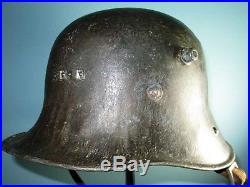
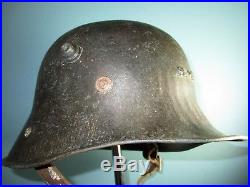
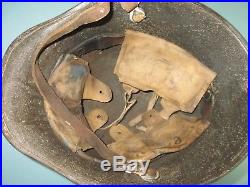
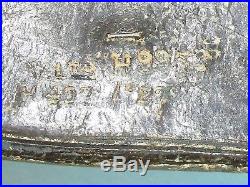
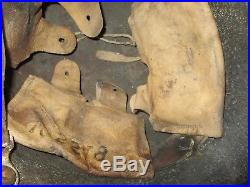
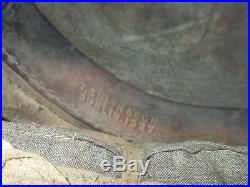
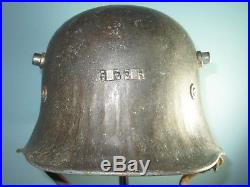
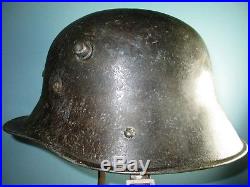
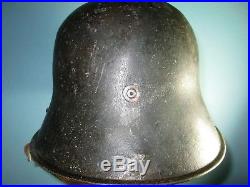
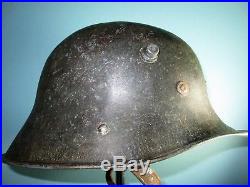

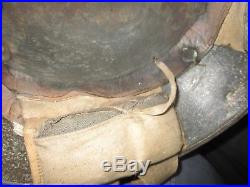

If you need some time to pay, please inform me and we’ll come to a deal. I write English, German, French and Dutch (and try to in other languages;). 27 Irish Vickers helmet, only 10.021 produced!!! To compare: The famous Austrian Berndorf helmet had a production. These Helmets were the result of the Free State of Ireland, needing to equip their Army of 10,000 men with a suitable helmet after the hostilities of WW1 ending in 1918. Thus when the Irish Free State Army. Of 10,000 men was formed, a uniform helmet was required, and the British “Tommy” helmet was not favored. So, the German WW1 design was settled upon. Since the Treaty of Versailles prohibited Germany from exporting military equipment, the search for helmets ended in Britain. The details on the pictures! This M27s were used from 1927 until 1939, after which the British brody helmet was adopted. 27 Irischer Vickers Helm, nur 10.021 hergestellt!!! Diese Helme waren das Ergebnis des Freistaates Irland, der nach dem Ende des Ersten Weltkrieges im Jahr 1918 seine Armee von 10.000 Mann mit einem geeigneten Helm ausstatten musste. Unabhängigkeit, die anti-britischen Gefühle waren ziemlich hoch in dieser Zeit, die weitere interne Konflikte mit dem irischen Bürgerkrieg von 1922-23 sah. Als die irische Freistaat-Armee von 10.000 Mann gebildet wurde, war ein einheitlicher Helm erforderlich, und der britische “Tommy” -Helm wurde nicht bevorzugt. So wurde das deutsche WW1-Design beschlossen. Nur 10.021 wurden produziert. Zum Vergleich: Der berühmte österreichische Berndorf Helm hatte eine Produktion von 140.000!!!!! Da der Vertrag von Versailles Deutschland vom Export militärischer Ausrüstung verbot, endete die Suche nach Helmen in Großbritannien. Natürlich waren diese Vickers Helme von britischer – minderwertiger – Stahlqualität, für deutsche Modelle eher unbedeutend. Siehe die Details auf den Bildern! Diese M27 wurden von 1927 bis 1939 benutzt, danach wurde der britische Breithelm übernommen. 27 irlandais Vickers, seulement 10.021 produit!!! Cest le résultat de lÉtat libre dIrlande, qui a dû équiper son armée de 10 000 hommes dun casque approprié après la fin des hostilités de la Première Guerre mondiale en 1918. Ainsi, lorsque larmée dÉtat libre dIrlande composée de 10 000 hommes a té formée, un casque uniforme était requis et le casque britannique «Tommy» nétait pas privilégié. Ainsi, la conception de la 1ère guerre allemande a été adoptée. Seulement 10.021 ont été produits. À comparer: le célèbre casque autrichien Berndorf avait une production de 140 000!!!!! Depuis que le traité de Versailles a interdit à l’Allemagne d’exporter du matériel militaire, la recherche de casques a pris fin en Grande-Bretagne. Bien entendu, ces casques Vickers étaient de qualité britannique – de qualité inférieure en acier, mineurs par rapport aux modèles allemands. Voir les détails sur les images! Ce M27 a été utilisé de 1927 à 1939, après quoi le casque britannique a été adopté. Casco original de Mod. 27 Irish Vickers, ¡solo 10.021 producido! Estos Cascos fueron el resultado del Estado Libre de Irlanda, que necesitó equipar a su Ejército de 10.000 hombres con un casco adecuado después de que las hostilidades de la Primera Guerra Mundial terminaran en 1918. Independencia, los sentimientos anti británicos eran bastante altos en ese período, lo que vio un conflicto interno adicional con la Guerra Civil Irlandesa de 1922-23. Así, cuando se formó el Ejército de Estado Libre de los 10.000 hombres irlandeses, se requirió un casco uniforme, y el casco británico “Tommy” no fue favorecido. Por lo tanto, el diseño alemán de la Primera Guerra Mundial se estableció. Sólo se produjeron 10.021. Para comparar: el famoso casco Berndorf austriaco tuvo una producción de 140.000!!!!! Dado que el Tratado de Versalles prohibió a Alemania exportar equipo militar, la búsqueda de cascos terminó en Gran Bretaña. Por supuesto, estos cascos Vickers eran de calidad británica, de acero inferior, menores a los modelos alemanes. Vea los detalles en las fotos! Estos M27 se utilizaron desde 1927 hasta 1939, después de lo cual se adoptó el casco amplio británico. Casco Vickers irlandese Mod. 27 originale, solo 10.021 prodotto!!! Questi caschi erano il risultato del Free State of Ireland, che doveva equipaggiare il loro esercito di 10.000 uomini con un elmetto adatto dopo le ostilità della prima guerra mondiale che terminava nel 1918. Indipendenza, i sentimenti anti britannici erano piuttosto alti in quel periodo, che ha visto un ulteriore conflitto interno con la guerra civile irlandese del 1922-23. Così, quando fu formato l’esercito irlandese libero di 10.000 uomini, fu richiesto un elmetto uniforme e l’elmetto britannico “Tommy” non fu favorito. Quindi, il progetto tedesco WW1 è stato deciso. Sono stati prodotti solo 10.021. Da confrontare: il famoso elmetto di Berndorf in Austria aveva una produzione di 140.000!!!!! Da quando il trattato di Versailles proibì alla Germania di esportare equipaggiamenti militari, la ricerca di elmi terminò in Gran Bretagna. Ovviamente, questi elmetti Vickers erano di qualità britannica – di qualità inferiore, minori rispetto ai modelli tedeschi. Guarda i dettagli sulle immagini! Questi M27 furono usati dal 1927 fino al 1939, dopo di che fu adottato l’elmetto britannico. 10 000 WW1, 1918. The item “Named Irish Eire Vickers marked 1926 helmet casque casco stahlhelm elmo” is in sale since Saturday, December 1, 2018. This item is in the category “Collectibles\Militaria\1919-38\Original Period Items”. The seller is “roverbert” and is located in Nootdorp. This item can be shipped worldwide.
- Modified Item: Yes
- Country/Region of Manufacture: United Kingdom
- Modification Description: Chin strap remade with old material. Repainted outside. One of the leather pads is new.

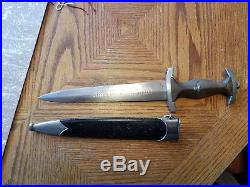


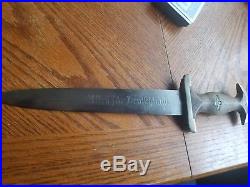
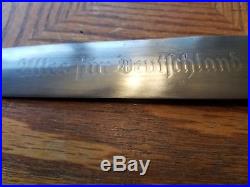
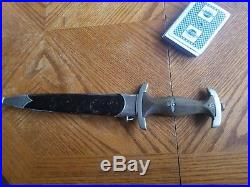
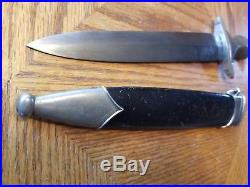
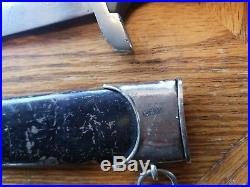

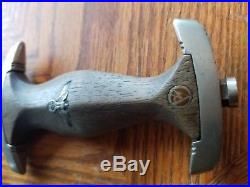
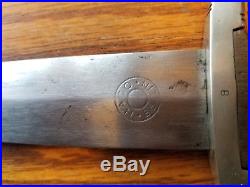
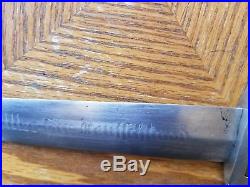

Haco Berlin Sa german ww2 era dagger. This was an estate sale find. The item “RARE GERMAN SA DAGGER HACO BERLIN EARLY ORIGINAL AUTHENTIC” is in sale since Wednesday, November 28, 2018. This item is in the category “Collectibles\Militaria\1919-38\Original Period Items”. The seller is “turboturbines” and is located in Duluth, Minnesota. This item can be shipped to United States.

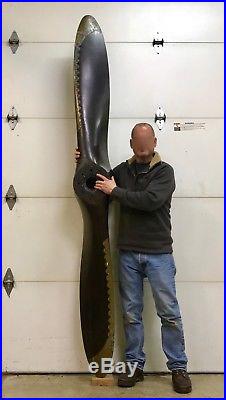
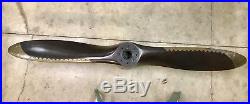
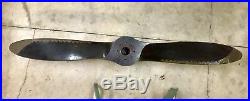
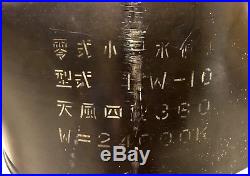
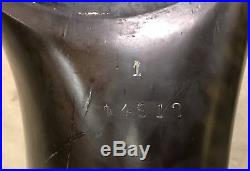

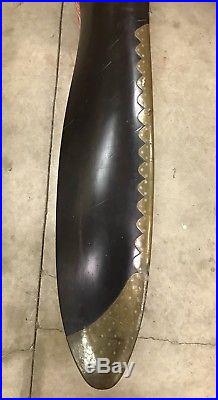
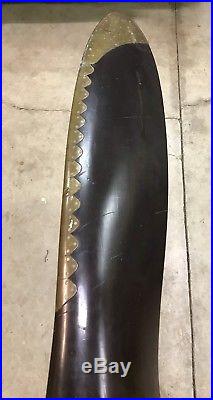
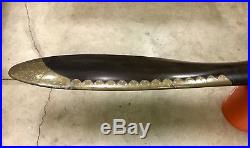

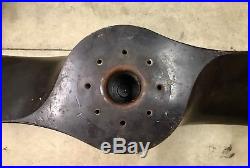
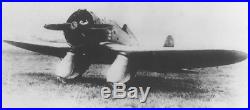

The word RARE is certainly overused in this business, I have been guilty of using it too often myself… But this is an exception. I have included a photo in the listing of an example of this type propeller (look closely) on the Mitsubishi 1MF10 Japanese Fighter Airplane designed in 1933 by Jiro Horikoshi whose near future design was the famous Japanese Zero Fighter which incorporated some of the 1MF10s Engineering. She has several markings on the hub as well as on a blade near the hub. I tried to have it translated with some limited success and the main Japanese text markings that were legible loosely read, starting at top row Zero Type Small River… It has some scrapes and small dings in the metal leading edges, but overall it is in very nice condition… Truly an opportunity for an aviation historian and military collector, a true museum piece. And Canada via UPS… The item “Antique Vintage Post WWI Pre WWII Japanese Aircraft Wooden Airplane Propeller” is in sale since Friday, November 30, 2018. This item is in the category “Collectibles\Transportation\Aviation\Military Aircraft\Other Military Aircraft Items”. The seller is “gypsiegirlz” and is located in Healdsburg, California. This item can be shipped worldwide.

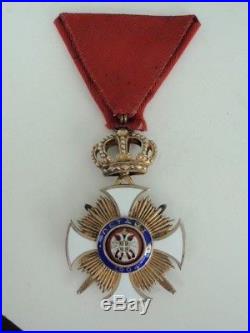
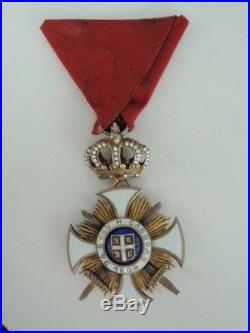
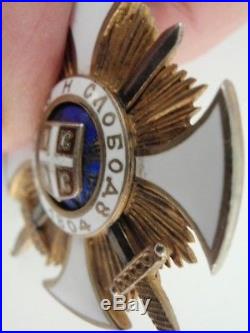

100% ORIGINAL ISSUE PIECE. Argentina, Brazil, Chile, Colombia, Romania, Bulgaria, Mexico, China, Macau, Turkey, United Arab Emirates, Montenegro. The item “SERBIA ORDER OF KARAGEORGE 4TH CLASS RARE! VF+” is in sale since Tuesday, November 27, 2018. This item is in the category “Collectibles\Militaria\1919-38\Original Period Items”. The seller is “worldmedals” and is located in NS. This item can be shipped to Canada, all countries in Europe, United States, Australia, Japan.

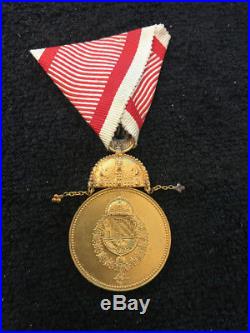
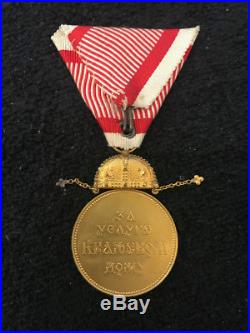
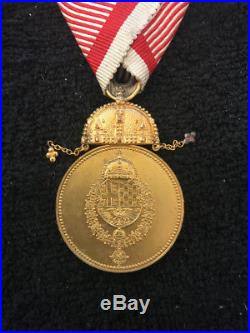
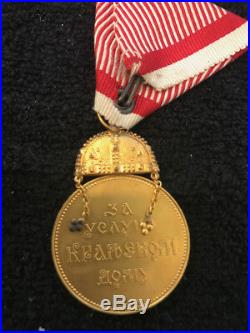

KINGODM OF YUGOSLAVIA MEDAL. FOR SERVICE TO THE ROYAL HOUSEHOLD. Silver gilt with crown, 1st class, original ribbon. Extremely rare in such condition. I’ve done my best to accurately photograph the piece to illustrate the real beauty and condition. I did not try to hide any imperfection. Please take a look at the photos. What you see is what you get. PLEASE SEE THE PHOTOS AS THEY FORM PART OF THE DESCRIPION. 2nd or 3rd item often ships for no extra charge when combined. Be sure to add me to your favourites list. AND PLEASE DO FEEL FREE TO ASK ANYTHING. The item “KINGDOM YUGOSLAVIA RARE HOUSEHOLD MEDAL SERBIA order orden ordre old antique” is in sale since Tuesday, November 27, 2018. This item is in the category “Collectibles\Militaria\1919-38\Original Period Items”. The seller is “antiquearmsts” and is located in TRIESTE. This item can be shipped worldwide.
- Country/Region of Manufacture: Serbia

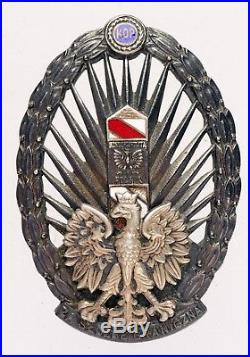
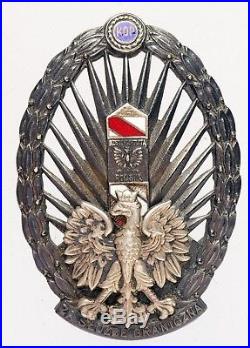
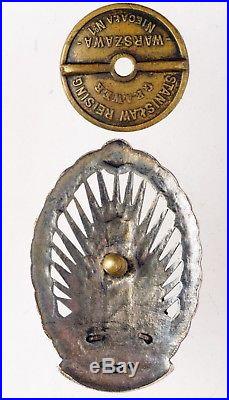
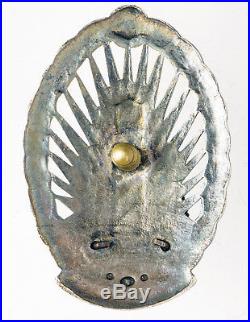
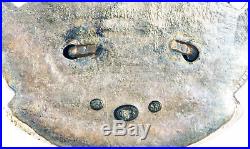
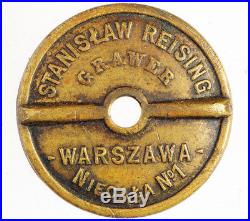
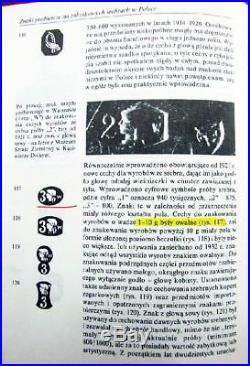
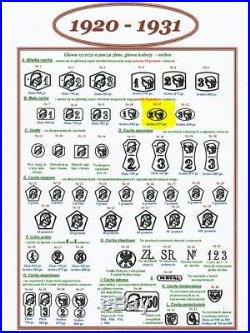
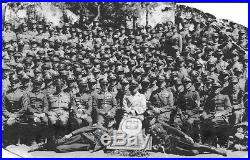
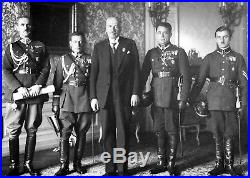
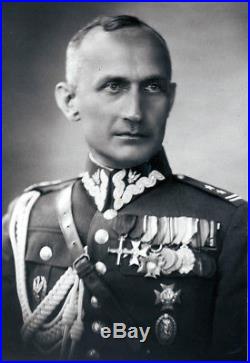
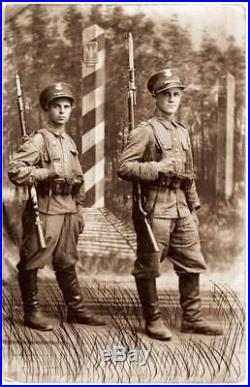

(Border Protection Corps- KOP) Badge, Rare. Version in Silver and Enamel. The badge was established in 1928 and was used until the occupation of Poland in World War II in 1939. This is a rarest officer example in silver. The lower ranks were awarded silver-plated bronze badges. Full size badge made by. The famous Stanisaw Reising workshop in Warsaw. On the reverse side. Badge has a hallmark. Of the Warsaw Assay Office for silver(digit 2 means 875 for silver content). And a maker mark. Hallmark has the correct oval shape. It was this kind of stamp that was put on silver things of small size. For larger silver products used hallmarks of another form. The eagle, placed on the obverse, attached to the badge with two bent pins. Signed by Stanisaw Reising – Warsaw. In very good condition, with some enamel loss to the border post. Rare beautiful, luxuriously made. Only a Badge is for sale. Other photos are for information only. Badge has an oval shape, length 5.5 cm, width 3.5 cm, openwork, oxidized, with enamel parts, put on a screw. This badge features an eagle that has branches of laurels in its claws. Branches form a wreath, the upper part of which is stapled with a small round wreath, covered with enamel of navy blue. On the field of a small wreath, the inscription “KOP”. The lower part of the laurel wreath is connected by a ribbon, placed under the eagle in the form of an arch. The inscription “For Service Boundary” on the ribbon. In the center of the badge behind the eagle is a border post enameled with white and red(Poland flag colors) enamel. From the eagle’s tail, outside the eagle and the border post, symmetrically upward polished 19 beams, with the silhouette of sharp angles and an isosceles triangle cross-section are arranged. The Border Protection Corps (Polish: Korpus Ochrony Pogranicza, KOP) was a Polish military formation that was created in 1924 to defend the country’s eastern borders against armed Soviet incursions and local bandits. Other borders were under the jurisdiction of a separate, regular Border Guard state security agency. Though the corps was part of the Polish Army, it was commanded directly by the Ministry of Internal Affairs rather than the Ministry of National Defence. It consisted of elite soldiers from all parts of Poland. Initially KOP comprised 6 brigades and 5 regiments, each guarding part of the borders with the Soviet Union. KOP ceased to exist with the fall of Poland in September 1939. After the Polish-Bolshevik War, the Polish eastern frontier was stretched from the border with Latvia to the north, to the Prut river and Romanian border to the south. Although the peace treaty had been signed, the eastern border of Poland was insecure. Armed bands of saboteurs were crossing the border on a daily basis and the weak police forces in the area could not cope with the problem. In 1924 the town of Stopce located 20 kilometres from the border was seized by Soviet saboteurs and pillaged. Polish Minister of War Affairs, Wadysaw Sikorski, decided that the regular policecould not cope with the problem and suggested that the control of the border be handed over to the Polish Army. In one of the reports it was stated that the police waits for the army, while the army waits for the police. To prevent such problems in the future it was decided to combine the police with the army. On August 8, the Council of Ministers decided that a special militarised border police be created for the defence of the eastern frontier. Until November of the same year more than 3,5 million PLZ were spent on that purpose. On September 17, 1924, the new formation was officially created under the name of Border Defence Corps. In November 1924 the three first brigades of KOP arrived to the eastern border of Poland, in the areas of Volhynia and Polesie. In April 1925 additional two brigades took over the frontier in Southern Polesie and Galicia. Finally, in March 1926 the sixth brigade took over the border with Lithuania and Latvia. Altogether the forces of KOP included 24 battalions of infantry and 20 squadrons of cavalry. The soldiers of KOP were trained to combine the tactics of the army, police forces and border guards. They guarded the borders actively, not only by patrols, but also through reconnaissance, ambushes, provocation and intelligence gathering. During the first year of its existence, the KOP arrested more than 5,000 people trying to cross the border illegally. In addition, 89 armed skirmishes were fought, mainly against the bandits from the Soviet Union. To maintain the high morale and skills, the soldiers allowed into the KOP were carefully examined. Most of them were inhabitants of western voivodships, many of them were of German nationality. All volunteers had to gather experience in the regular units of the Polish Army before they were allowed in. Pisudski’s reforms (1929-35). In July 1929, the Border Defence Corps was reorganised. Six additional regiments were created, and all the existing units were renamed. Each brigade was attached to part of the Polish border which was further divided into battalion areas organised around small forts along the border. In turn, each of the battalions commanded several smaller strongholds and outposts organised by companies. All the rear troops (including the engineers, artillery and cavalry) formed the second line of the defence and were to be used as a mobile reserve. The brigades were given new names, after the area they were stationed in. The newly created regiments were named as follows. In early 1937 the organisation was modified. Wilno, Nowogródek and Woy brigades were disbanded and reorganised into three regiments. “Czortków” regiment was also disbanded and split onto two separate battalions (“Wilejka” and “Berezwecz”). Also, several new units were created and were pressed into the existing structure. After 1937 the KOP had 3 brigade headquarters and 7 regiments. It was composed of 32 battalions of infantry and 21 squadrons of cavalry. As the war was nearing and the crisis in Czechoslovakia exposed the Polish southern border to enemy threat, in 1939 two additional regiments were created. Those were 1st and 2nd KOP Infantry Regiments “Karpaty”, each composed of two battalions of infantry (named “Skole”, “Delatyn”, “Komacza” and “Dukla”). Soon three additional mountain infantry brigades were formed (“Sanok”, “Nowy Scz”, “Sucha”) as well as the area command in Jaso. In March KOP reached the peak of its strength. However, soon the formation started to be stripped of various units sent to the western border. At first four infantry battalions and most of the artillery were sent to ód area. Soon they were joined by the KOP cavalry regiment. In April three additional battalions were sent to the West and in May yet another battalion was sent to Hel, Poland. Although most of the units were later reconstructed at the eastern border, their combat value was much lower. The recruits lacked experience and training and the units of KOP were deprived of almost all heavy weaponry. On August 30 the KOP was formally mobilised. General Wilhelm Orlik-Rückemann became its commander. According to the Polish plans for the forthcoming war, the KOP was to become the backbone of reserve divisions formed behind the Polish lines. In the fight against the German invasion, KOP units took part among other battles in the battle of Wgierska Górka. After Soviet invasion on 17 September, Korpus Ochrony Pogranicza which had 25 battalions[1] were unable to defend the eastern border and were further ordered by Edward Rydz-migy to fall back and not to engage the Soviets. This however did not prevent some clashes and small battles, including Battle of Szack (28 September) and Battle of Wytyczno (1 October). Pk Stanisaw Tessaro (since April 8, 1929). Jan Kruszewski (since 1930). Wilhelm Orlik-Rueckemann (since August 30, 1939). The item “RARE Polish Border Guard Badge Poland Border Protection Corps Silver Original” is in sale since Sunday, November 11, 2018. This item is in the category “Collectibles\Militaria\1919-38\Original Period Items”. The seller is “pelin60″ and is located in EU, Riga. This item can be shipped worldwide.
- Country/Region of Manufacture: Poland

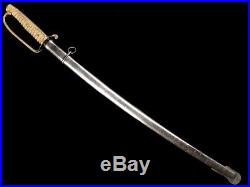
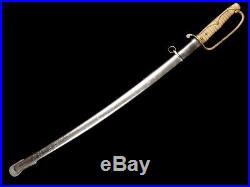
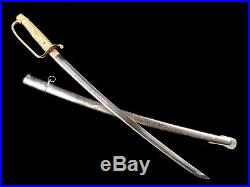
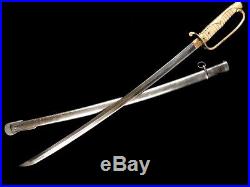
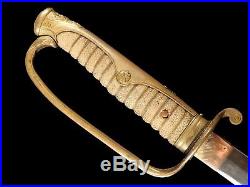
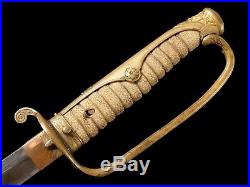
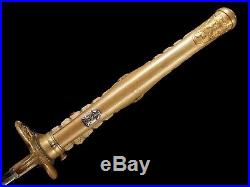
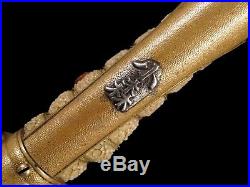
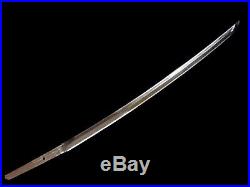
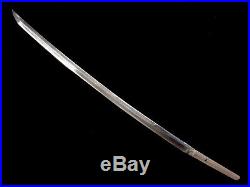
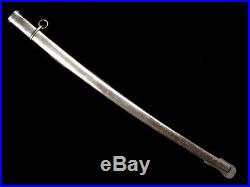
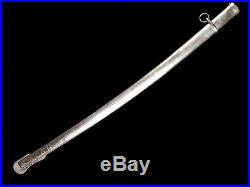

This is a nice example of a large Japanese D-Guard Army Officer’s Kyu Gunto Sword, Type 19. It is mounted with a beautiful machine made blade with a cutting edge which measures 27 1/2 inches in length that remains in very nice, original condition with only minor surface blemishes. The beautifully detailed D-guard has now developed a very nice, rich aged patina and features a wonderful silver family mon on its backstrap. The lovely white rayskin covered hilt has survived in healthy condition and with its original twisted wire wrap still nicely place. The plated metal scabbard has some minor flaking and one small ding to the drag, otherwise has survived in very nice serviceable condition as well. Overall measuring 38 5/8 inches in length. TO SEE ADDITIONAL PHOTOS PLEASE SCROLL DOWN. Be sure to add me to your favorites list. Check out my other items. The item “VERY NICE JAPANESE KUY GUNTO ARMY OFFICER SWORD, SILVER FAMILY MON” is in sale since Friday, November 2, 2018. This item is in the category “Collectibles\Militaria\1919-38\Original Period Items”. The seller is “pcay” and is located in Oklahoma City, Oklahoma. This item can be shipped worldwide.

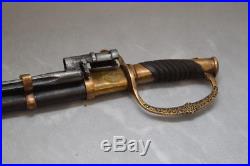
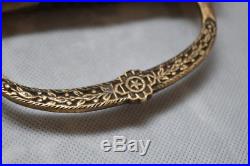
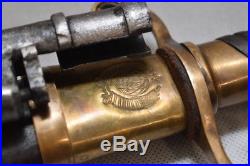
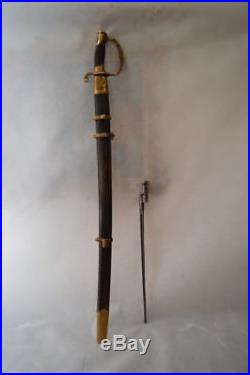
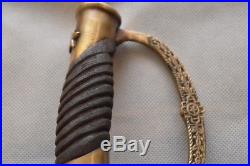
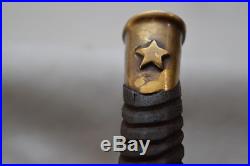

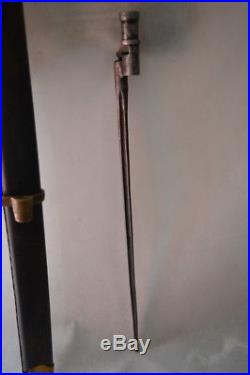
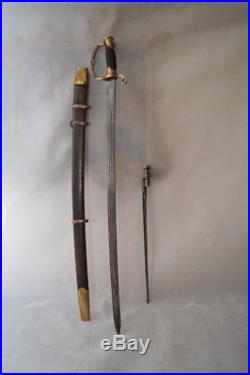
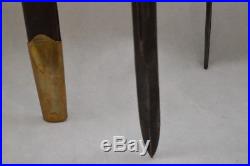
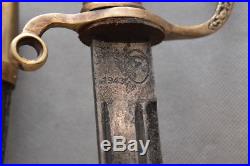

Hi, I would like to offer you an old Russian ZSRR saber with a bayonet 1943. Length of saber 100cm. Length of bayonet 52cm. The saber, the blade, the fittings – everything signed. I DO NOT KNOW IF THIS COPY OR ORIGINAL. The item “RUSSIAN ZSRR TEMPLATE WITH BAGNET old 1943 signed SHASHKA general” is in sale since Wednesday, November 14, 2018. This item is in the category “Collectibles\Militaria\1919-38\Original Period Items”. The seller is “antique_luxury” and is located in Kraków. This item can be shipped worldwide.
- Country/Region of Manufacture: Russian Federation

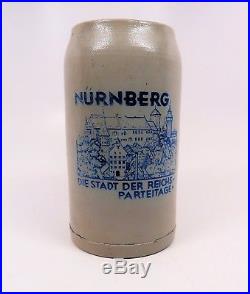
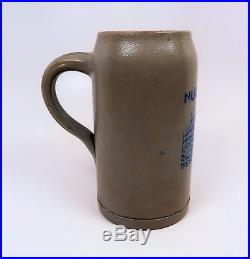


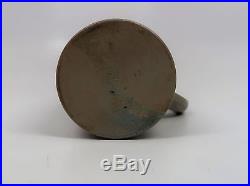
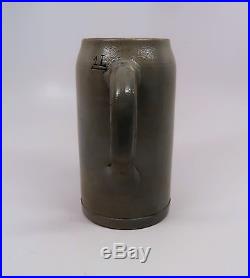
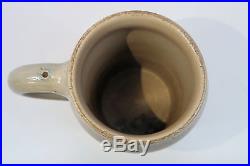
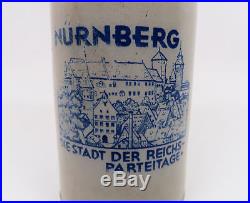
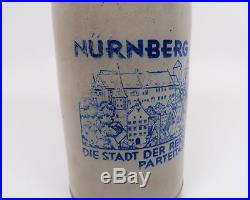
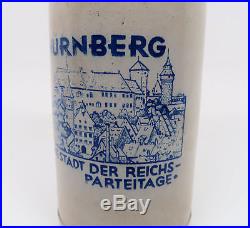

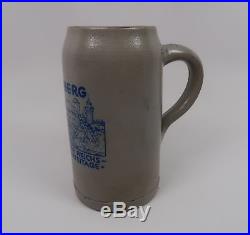

Vintage antique Nurnberg beer mug ceramic stein WW1 Imperial German Lowenbrau 1L. Here is your chance to own a very nice ceramic beer mug. This example in honor of the city of Nuremberg, Germany is unfortunately missing the original lid. This is a 1 Liter example and is marked as such. There is minimal crazing to the ceramic and it is very nice overall. The piece stands at over 7-1/4 tall. The diameter at the base is roughly 4 wide. In excellent condition overall. Extremely detailed and g. I never grade my items as mint, even though may be. If for any reason you require additional photos, please do not hesitate to ask. View My Other Items For Sale. Auctiva offers Free Image Hosting and Editing. Auctiva gets you noticed! Track Page Views With. Auctiva’s FREE Counter. The item “Old WWII vintage antique Nurnberg beer mug ceramic stein WWI Imperial German 1L” is in sale since Wednesday, August 15, 2018. This item is in the category “Collectibles\Militaria\1919-38\Original Period Items”. The seller is “william_kramer” and is located in Naperville, Illinois. This item can be shipped to United States.




























































































